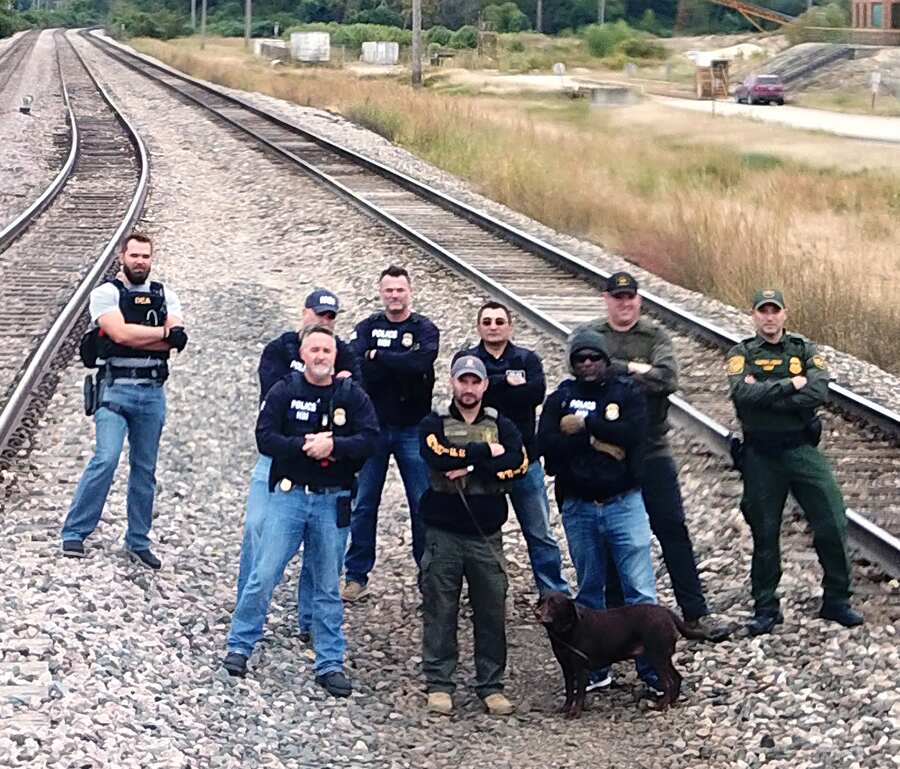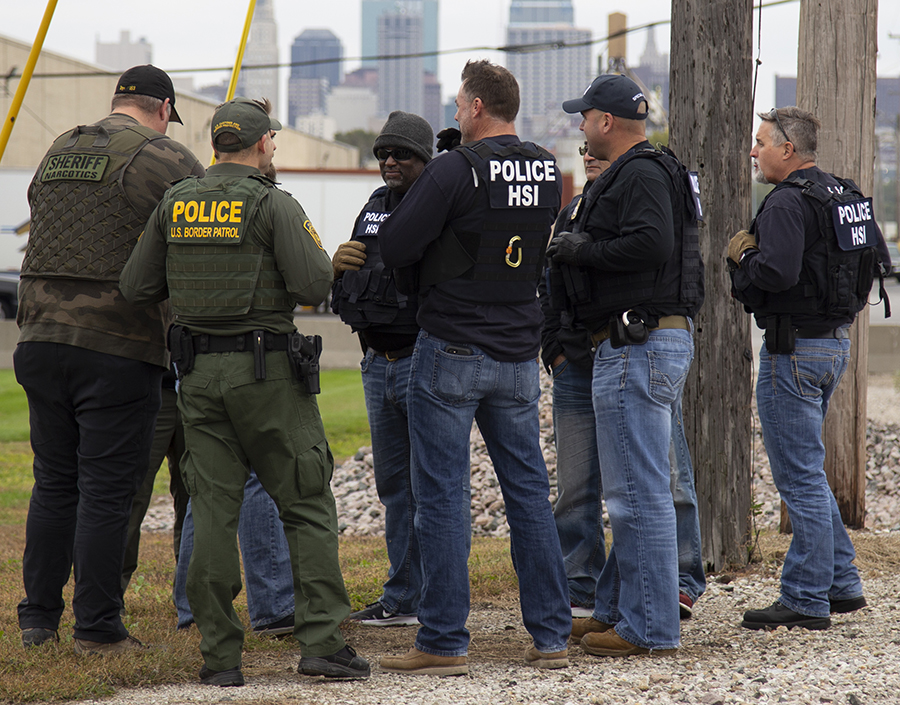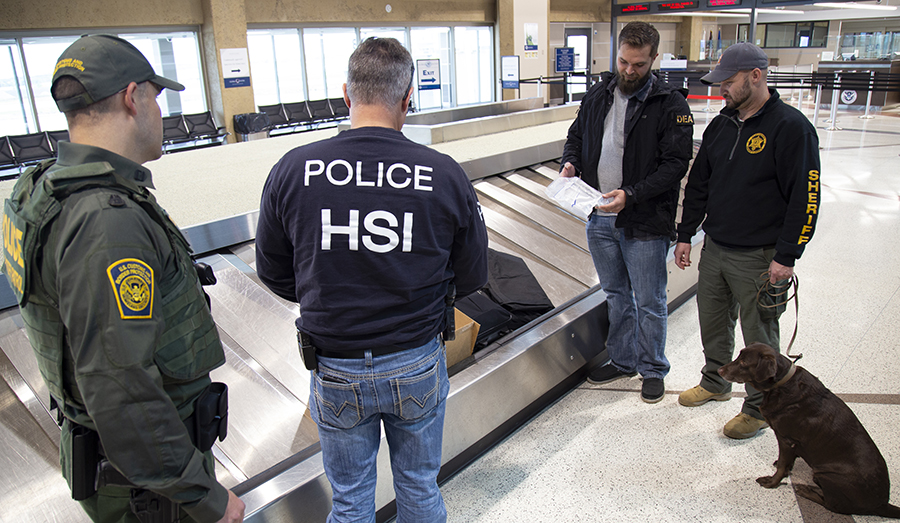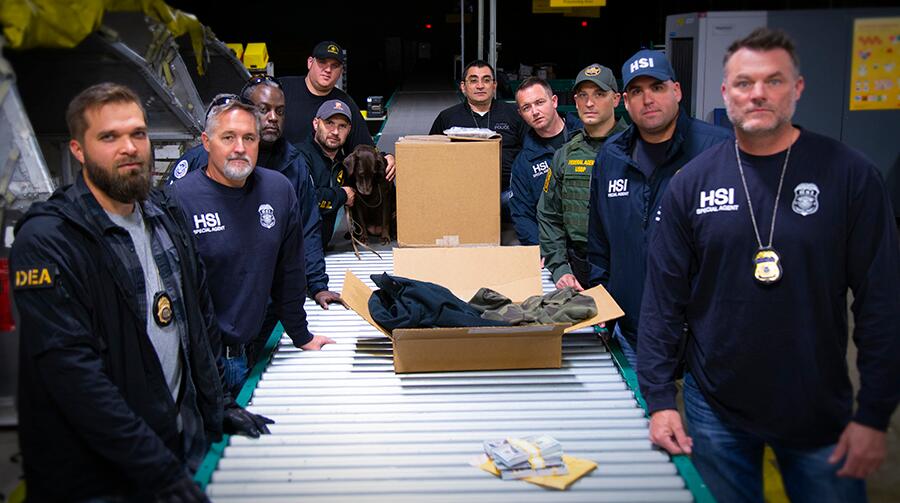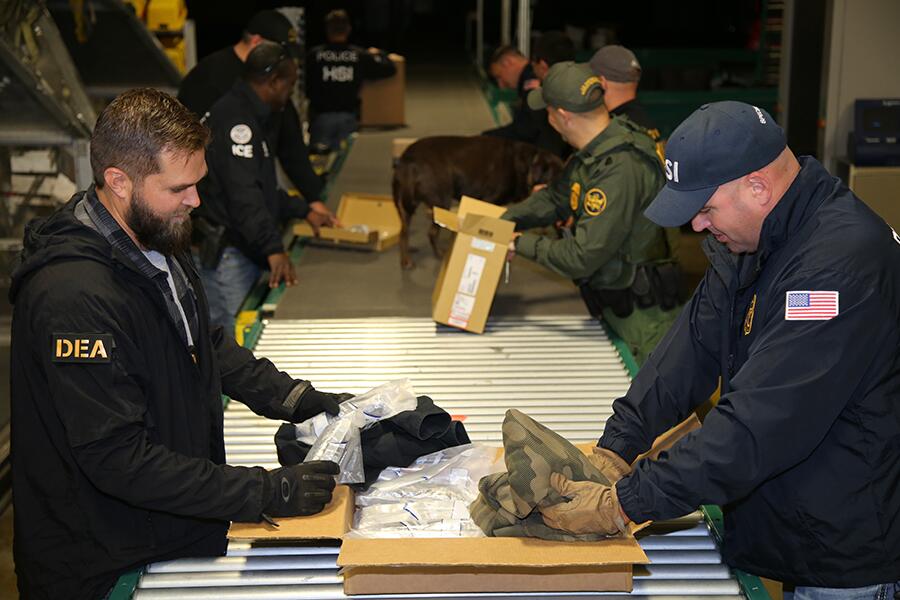
When someone mentions Kansas City, images of barbecue, jazz music, fountains, or President Harry Truman often spring to mind, but Kansas City is so much more than that. With two airports, numerous interstate highways, and myriad railways straddling two states (Kansas and Missouri), KCMO is a major thoroughfare for transporting goods and people.
The Kansas City area hosts the largest rail center in the United States by tonnage and is home to four intermodal parks. Additionally, the region is the number two auto industry trading hubs in North America, including vehicles manufactured in and shipped from Mexico.
Unfortunately, these different routes are being used to also smuggle illicit proceeds and contraband at the direction and benefit of several transnational criminal organizations (TCO).
U.S. Immigration and Customs Enforcement (ICE) Homeland Security Investigations (HSI) Kansas City has established a Border Enforcement Security Task Force (BEST) to work with their law enforcement partners to combat the TCOs that seek to exploit the nation's interstate systems, mail facilities, intermodal transportation and general aviation routes that exist within the Kansas City area. The Kansas City Interdiction (KCI) BEST targets transnational criminal activity including, but not limited to, the smuggling of currency, narcotics, weapons, human smuggling/trafficking, benefit fraud, document fraud and intellectual property rights.
“As criminal organizations become more and more sophisticated in planning and executing their crimes and avoiding capture, we in law enforcement must become more efficient and more effective in partnering with our fellow law enforcement agencies,” said Katherine Greer, special agent in charge of HSI Kansas City. “Our law enforcement partners already have tremendous training, expertise and unique law enforcement authorities. The strong partnerships forged through this task force will undoubtedly enhance future shared successes.”
In addition to HSI, the new BEST task force includes:
- U.S. Border Patrol
- U.S. Drug Enforcement Administration
- Kansas City International Airport Police Department
- Missouri National Guard
Additional part-time support for the task force comes from U.S. Customs and Border Protection (CBP) Officer of Field Operations, Federal Aviation Administration and the Transportation Security Administration.
— DEA Assistant Special Agent in Charge Erik Smith
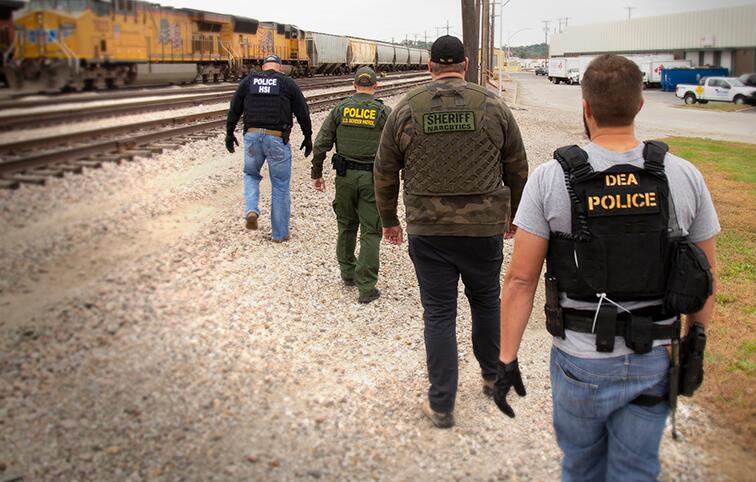
Although HSI has already been working with many of the agencies that now comprise the latest BEST team, the formalized BEST concept offers a way for these partners to obtain additional resources, specialized equipment and training, and asset-sharing of funds seized from criminal organizations. By bringing together the experience and expertise of all cooperating law enforcement agencies, the new BEST task force will help maximize the effectiveness of each law enforcement partner.
"BEST teams provide a collaborative environment not only for information sharing, but for the contribution of vast expertise in varying disciplines," said Greer. "Amazing things tend to happen when law enforcement partners with diverse authorities stand shoulder to shoulder to focus on specific missions."
Since HSI Kansas City has begun concentrating its efforts on conducting interdiction operations on intermodal transportation, two significant seizures of methamphetamine and marijuana have occurred from railcars in the Kansas City area.
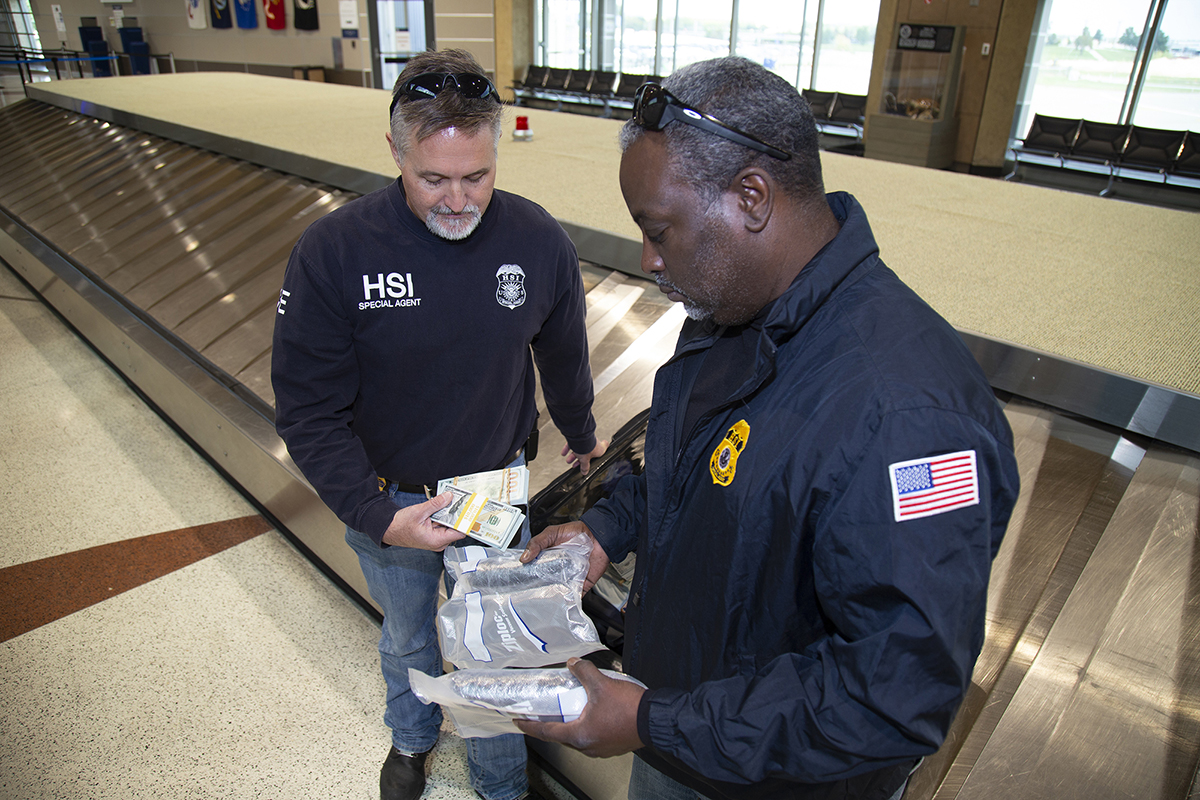
KCI BEST by the Numbers
- 4 arrests
- $226,265 seized
- 278.13 lbs. of Marijuana seized
- 2 kilograms of Heroin seized
- 2 kilograms of Fentanyl seized
- 53.35 kilograms of Methamphetamine seized
The creation of the KCI BEST serves to coordinate and enhance the existing efforts of HSI Kansas City, its state and local partners, and overall efforts to combat TCO threats throughout the interior of the United States.
BEST Background
In 2005, HSI created the first BEST in Laredo, Texas, in partnership with CBP and other federal, state, local and international law enforcement agencies. BEST Laredo represented HSI’s first combined, direct response to violence along the Mexican border and established the baseline for implementing the program elsewhere.
The success of the BEST investigative model is predicated on all BEST partner special agents and task force officers (TFO) working together in one location, recognizing and leveraging a threat-based risk-mitigating investigative task force model. The model leverages the distinct resources and abilities of all participating law enforcement partners, and the availability to designate partner law enforcement officers with Title 19 customs authorities. This has led to expanding the BEST investigative model to northern border and commercial seaport locations.
BEST Today
BEST special agents and TFOs investigate a wide range of criminal activity with a nexus to our land and sea borders, including drug trafficking, arms trafficking, human trafficking and smuggling, gangs, money laundering and bulk cash smuggling, child exploitation, maritime smuggling, illicit tunnels and commercial fraud.
BESTs are located along the northern and southwest land borders, major seaports, and international airports from Hawaii to Puerto Rico. Current BESTs comprise nearly 1,000 members representing more than 100 federal, state, local, tribal and international law enforcement agencies that have jointly committed to investigate transnational criminal activity and enhancing border security.
Jaime Zapata BEST Act
In December 2012, President Barack Obama signed into law the Jaime Zapata Border Enforcement Security Task Force Act. The law was named in memory of Jaime Zapata, an HSI special agent assigned to a BEST who was killed on duty in Mexico. This law amends the Homeland Security Act of 2002 to formally establish the BEST program and authorizes the Secretary of Homeland Security to direct the assignment of federal personnel to the program, as well as take other actions to aid federal, state, local and tribal law enforcement agencies in participating in such task forces.

BEST Partners
BESTs incorporate personnel from:
- Department of Homeland Security (ICE HSI, ICE Enforcement and Removal Operations; CBP Offices of Field Operations, Border Patrol, and Air and Marine; U.S. Coast Guard and U.S. Secret Service);
- Department of Justice (Drug Enforcement Administration; Bureau of Alcohol Tobacco Firearms and Explosives; FBI and U.S. Attorney’s Offices);
- Department of Defense (Army Criminal Investigations Command, Defense Criminal Investigative Service, Naval Criminal Investigative Service and state National Guard units);
- Department of the Treasury (Internal Revenue Service’s Criminal Investigations);
- Other federal partners;
- More than 100 state, local and tribal law enforcement agencies; and
- International law enforcement agencies.
